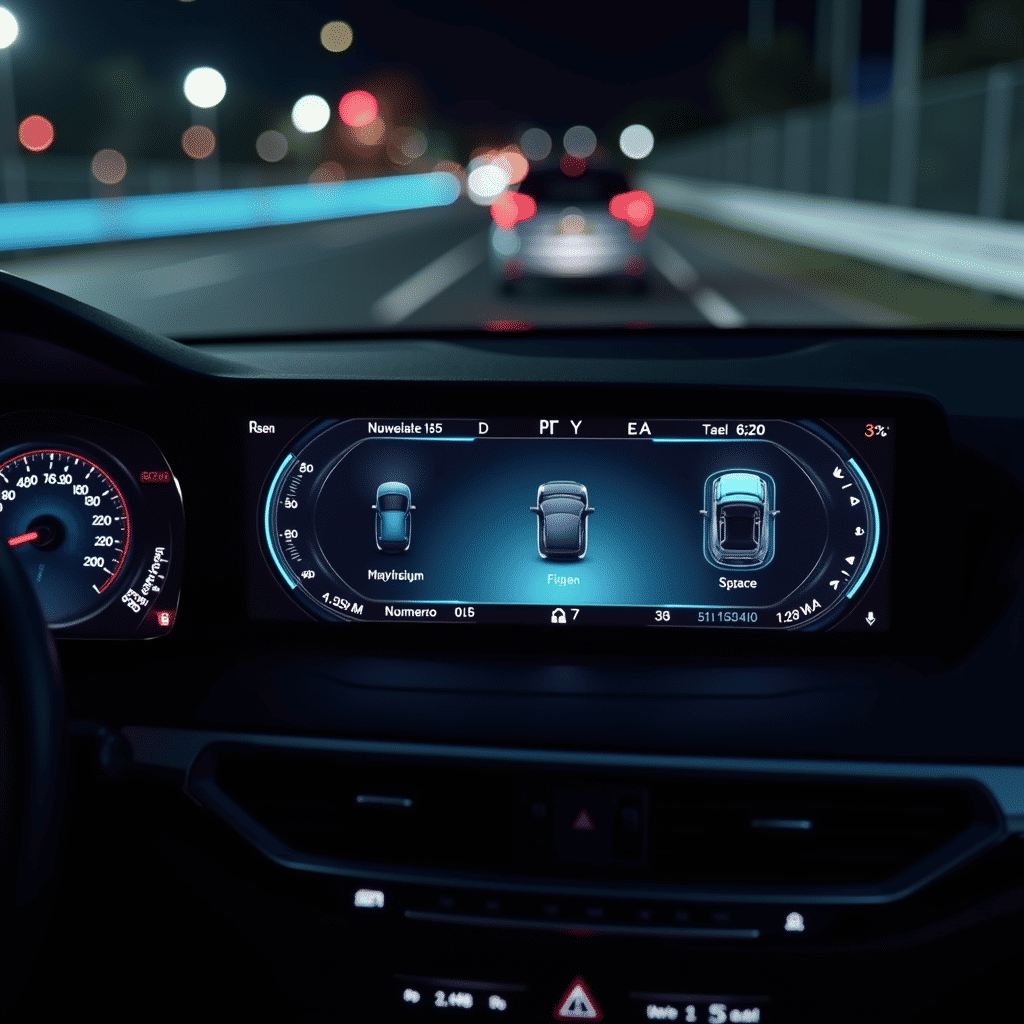In today's fast-paced world, ensuring the safety of drivers and passengers has become paramount. The latest advancements in automotive technology have revolutionized the way we think about car safety, offering unparalleled security that gives peace of mind with every journey.
One of the standout features of modern vehicular safety is the integration of advanced driver-assistance systems (ADAS). These systems are designed to reduce the burden on the driver by providing intuitive support and enhanced vehicle control. For instance, adaptive cruise control maintains a safe distance from the vehicle ahead, automatically adjusting speed to ensure optimal spacing. Similarly, lane-keeping assist monitors road markers and subtly steers the vehicle back into the lane if it begins to drift.
Another crucial component of advanced safety is collision avoidance technology. Through a combination of radar, cameras, and sensors, these systems detect potential obstacles and, when necessary, apply brakes to prevent or mitigate the impact of a collision. The inclusion of pedestrian detection further enhances urban driving safety, recognizing pedestrians crossing the road and taking prompt action to avoid accidents.
Blind spot monitoring has also become an essential feature in modern vehicles. Sensors located on the sides of the vehicle alert the driver to the presence of other vehicles in neighboring lanes, minimizing the risk of side collisions during lane changes.
Furthermore, night vision systems leverage infrared technology to improve visibility in low-light conditions, identifying objects, animals, or pedestrians that might not be visible with standard headlights. This added layer of security proves invaluable, especially in rural areas where street lighting may be minimal.
The evolution of vehicle design has not been limited to external safety measures. The interior has also seen significant enhancements. Advanced airbag systems now tailor their deployment based on the severity of the collision and the position of the passengers, offering better protection with minimal risk of injury from the airbags themselves.
Moreover, the integration of real-time data connectivity allows vehicles to receive over-the-air updates, ensuring that the latest safety features and enhancements are always within reach. This adaptability means that safety systems continually improve, adapting to new challenges and scenarios.
Ultimately, these advanced safety technologies create a comprehensive safety net, allowing drivers to navigate the roads with confidence. As automotive technology continues to advance, we can anticipate even more innovative solutions that prioritize the safety of all road users. The peace of mind offered by these features not only enhances the driving experience but also paves the way for a safer future on the roads.
